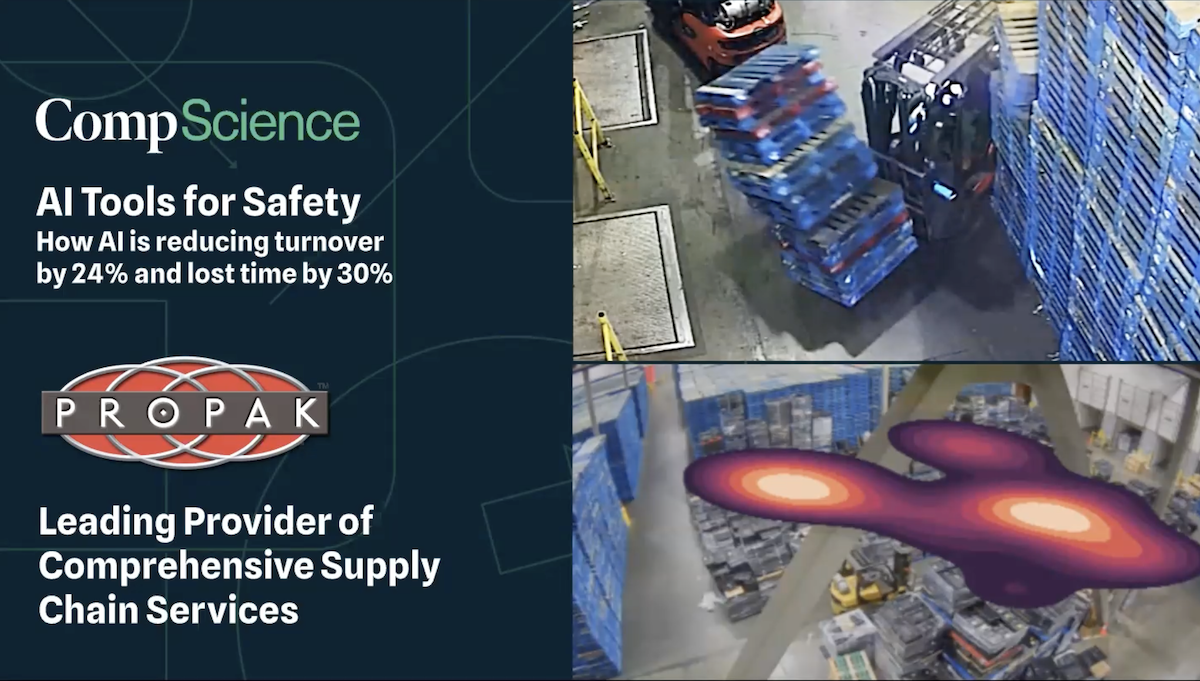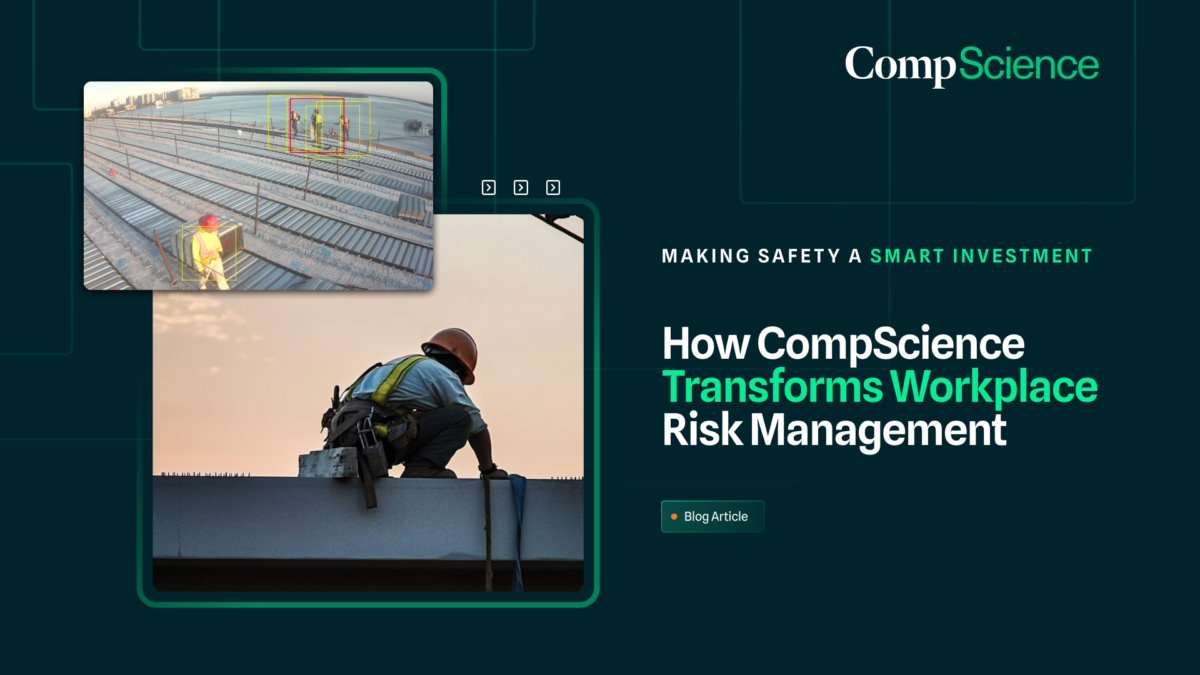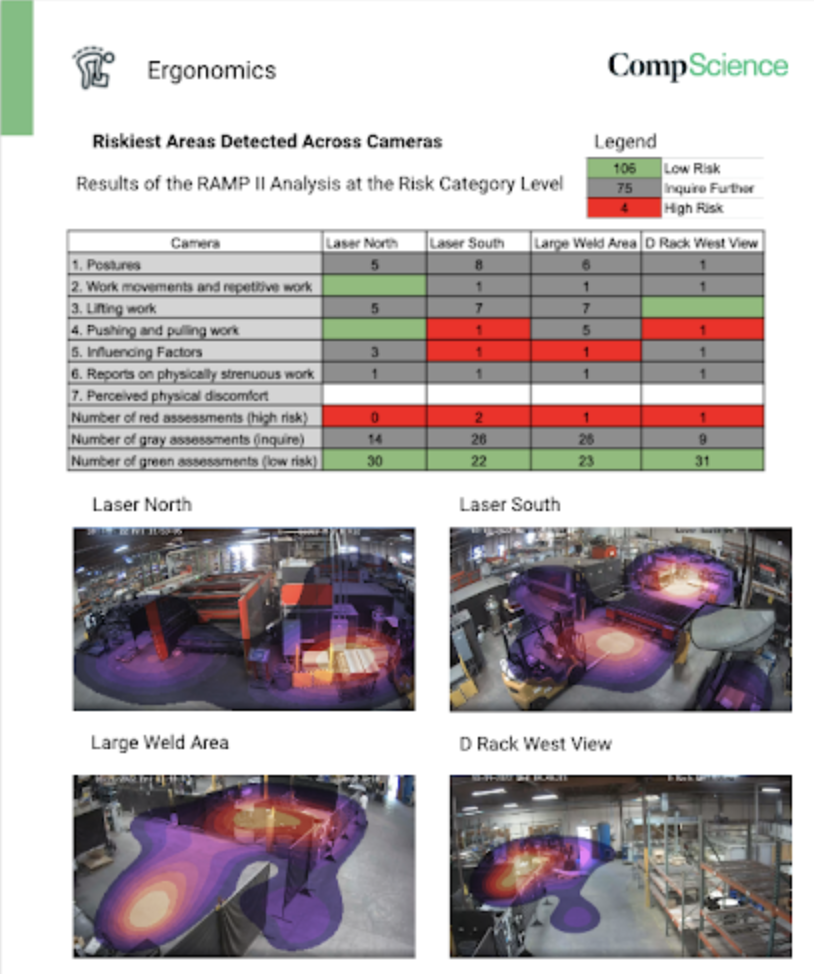
AI Tools for Safety
AI Tools for Safety: A Pre National Safety Council Webinar AI is rapidly transforming workplace risk. Now, CompScience gives safety professiona[...]
Read more
Workplace Safety AI: The Webinar for Workers’ Comp Agents
Learn why AI is rapidly transforming workplace safety into a differentiator and how you can use safety analytics from CompScience to help clients lowe[...]
Read more
How To Reduce DART Rates
Reducing the dart rate is a critical goal for any safety manager, as it directly relates to the safety and well-being of employees in the workplace. T[...]
Read more
Making Safety a Smart Investment
How CompScience Transforms Workplace Risk Management Workplace safety goes beyond compliance. It is essential for business continuity, operational eff[...]
Read moreLatest Posts

How are heat maps used predictively for safety?
Heat maps are a powerful tool for predicting safety risks by providing a visual representation of data. They are often used to analyze and predict potential safety hazards in various settings, such as workplaces, cities, and transportation systems. Here are some examples of how heat maps are used predictively for safety: Workplace safety: Heat maps […]
Read more
How To Prevent Slip Trip Fall Injuries?
There are several measures that organizations can take to prevent slip, trip, and fall injuries in the workplace: Regular maintenance: Ensuring that the workplace is well-maintained and free of hazards such as wet floors or loose carpeting can help prevent slip, trip, and fall injuries. Proper signage: Using proper signage to warn employees of potential […]
Read more
How do Safety Controls Increase Productivity?
Safety controls, such as protective equipment or safety procedures, are sometimes perceived as lowering productivity because they may require additional time or effort to implement. For example, an employee may need to take additional time to put on protective equipment before starting a task, or may need to follow a specific safety procedure that requires […]
Read more
How To Prevent Forklift Struck-by Injuries?
There are a number of measures that can be taken prevent struck-by injuries involving forklifts, some of which can be managed by computer vision and data science provided by CompScience: Proper training: Ensuring that forklift operators are properly trained and certified can help reduce the risk of struck-by injuries. This includes training on the proper […]
Read more